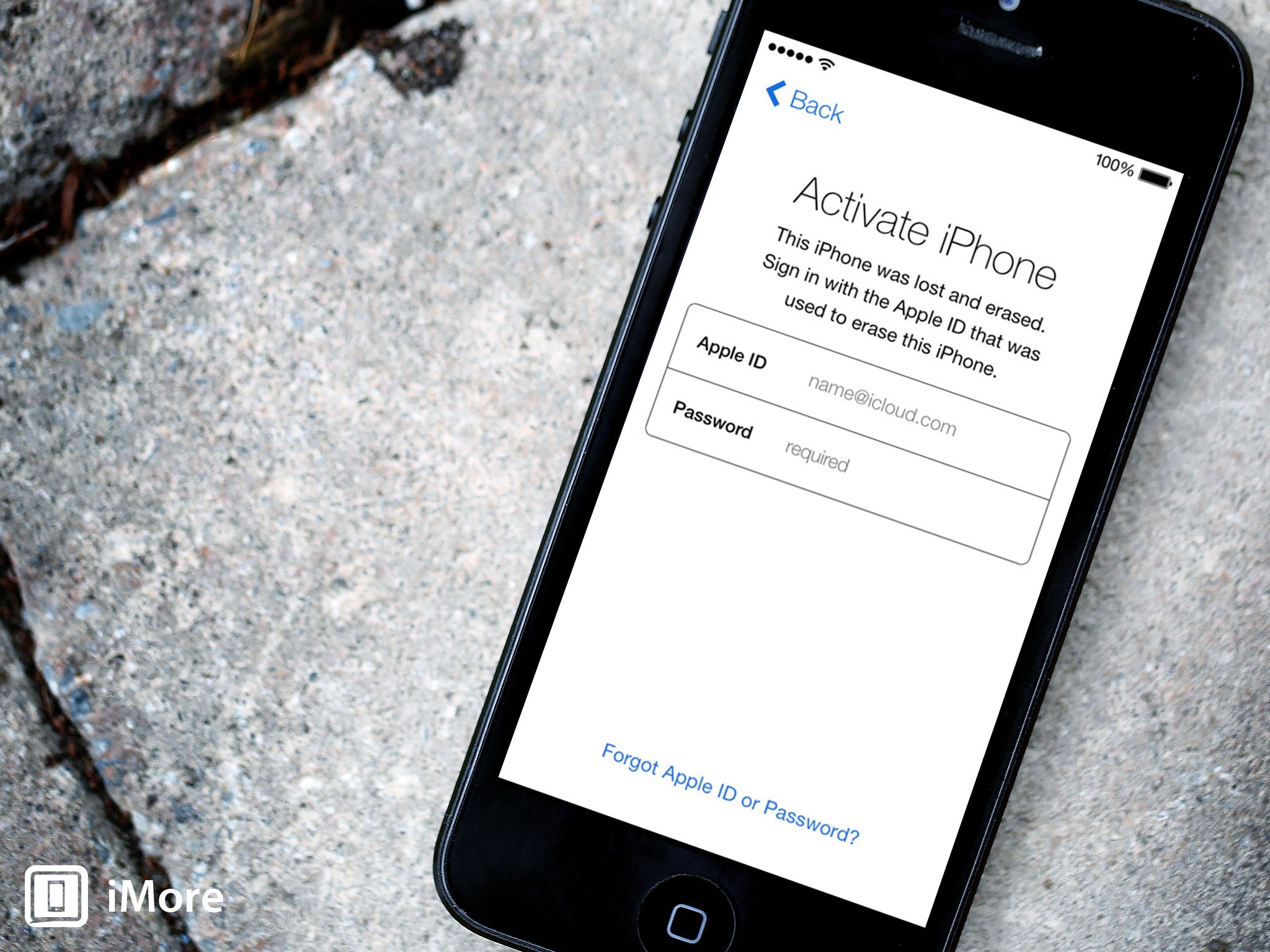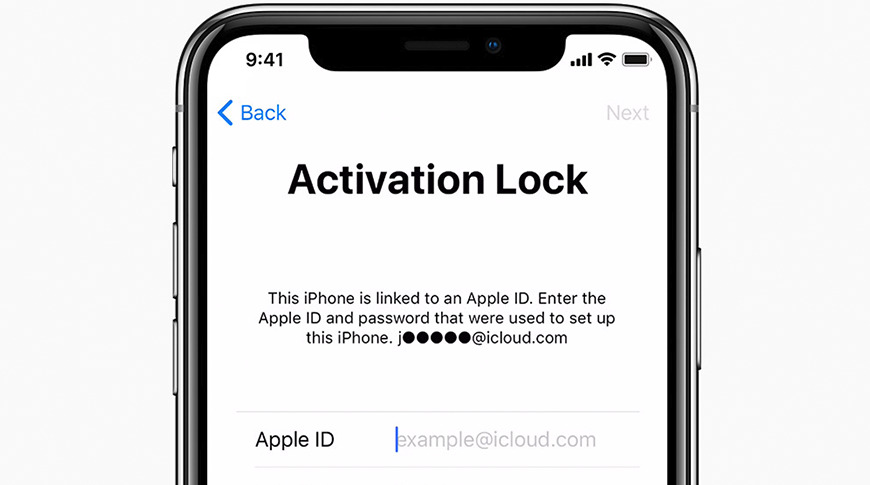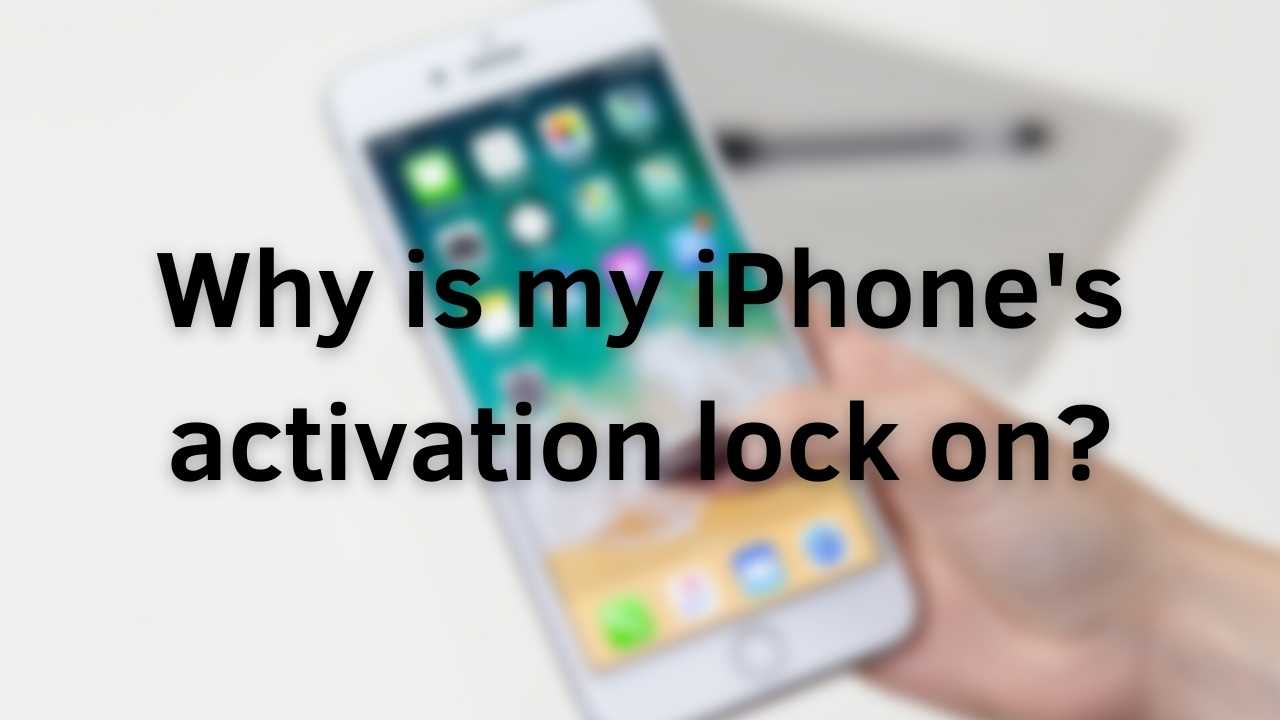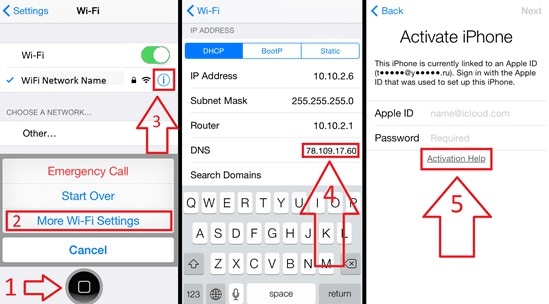Get Past Activation Lock Iphone 6

The Activation Lock feature on Apple devices, designed to deter theft and protect user data, has inadvertently created a secondary market challenge: locked iPhones, particularly older models like the iPhone 6, circulating despite legitimate ownership. The persistent question of bypassing this security measure for rightful owners plagues forums and repair shops, prompting a complex debate involving security, ownership verification, and the potential for misuse.
This article delves into the intricacies of bypassing Activation Lock on an iPhone 6. It explores the scenarios leading to locked devices, examines available methods (both legitimate and potentially illicit), and discusses the legal and ethical considerations surrounding these practices. We aim to provide a comprehensive overview, drawing on expert opinions and available resources, to equip readers with a thorough understanding of this multifaceted issue.
Understanding Activation Lock
Apple introduced Activation Lock as a security feature tied to Find My iPhone. When enabled, the feature links the device to an Apple ID, preventing unauthorized users from activating or using the iPhone, even after a factory reset. This system dramatically reduced iPhone theft rates globally, according to Apple's security reports.
However, Activation Lock can also pose significant problems for legitimate owners. Scenarios range from forgetting Apple ID credentials to inheriting a locked device or purchasing a used iPhone without the previous owner's account being removed.
Legitimate Methods for Bypassing Activation Lock
Apple provides several official channels for resolving Activation Lock issues. The primary and most recommended method involves contacting Apple Support directly.
To successfully request assistance, users typically need to provide proof of purchase, such as the original receipt or invoice. Apple Support can then verify ownership and, if satisfied, remove the Activation Lock from the device.
Another legitimate method involves the original owner's direct intervention. If the user is able to contact the previous owner, they can request that they remove the device from their Apple ID through the Find My iPhone service. This action immediately unlocks the iPhone for activation.
The Gray Areas: Third-Party Services and Software
A plethora of third-party services and software solutions claim to bypass Activation Lock. These services often advertise quick and easy unlocks, attracting users frustrated with the official channels' complexities.
However, many of these services are of questionable legality and security. Some may employ methods that violate Apple's terms of service or involve jailbreaking the device, potentially voiding the warranty and introducing security vulnerabilities.
Moreover, using unauthorized services can expose users to risks like malware installation and data theft. It's crucial to exercise extreme caution and thoroughly research any third-party solution before attempting to use it.
Ethical and Legal Considerations
Bypassing Activation Lock without proper authorization raises serious ethical and legal concerns. Accessing a locked device without the owner's consent can constitute a violation of privacy and potentially constitute theft or unauthorized access to computer systems.
In many jurisdictions, circumventing security measures designed to protect copyrighted material or prevent unauthorized access is illegal. Even if the user believes they have a legitimate claim to the device, attempting to bypass Activation Lock without Apple's authorization or the previous owner's consent can have legal repercussions.
Furthermore, using third-party tools that involve jailbreaking the device can violate Apple's software license agreement. This action may void the warranty and make the device ineligible for future updates or support.
The iPhone 6 and the Future of Activation Lock
The iPhone 6, while no longer Apple's flagship model, remains a widely used device, particularly in developing markets. The prevalence of locked iPhone 6 devices on the used market highlights the ongoing challenges with Activation Lock and the need for improved solutions for legitimate owners.
As Apple continues to refine its security measures, including Activation Lock, it's crucial for the company to balance security with user accessibility. Simplifying the process for legitimate owners to unlock their devices while maintaining robust protection against theft is a key challenge.
Looking ahead, advancements in biometric authentication and account recovery methods could potentially offer alternative solutions for bypassing Activation Lock in legitimate cases. Secure and verifiable proof-of-ownership systems could also help streamline the unlocking process without compromising security.
In conclusion, while bypassing Activation Lock on an iPhone 6 might seem tempting, legitimate owners should prioritize official channels and authorized methods. Engaging with third-party services can be risky and may have legal implications. Apple must focus on improving its activation lock mechanism to prevent it from affecting genuine users and providing a reliable mechanism to verify legitimate ownership claims.

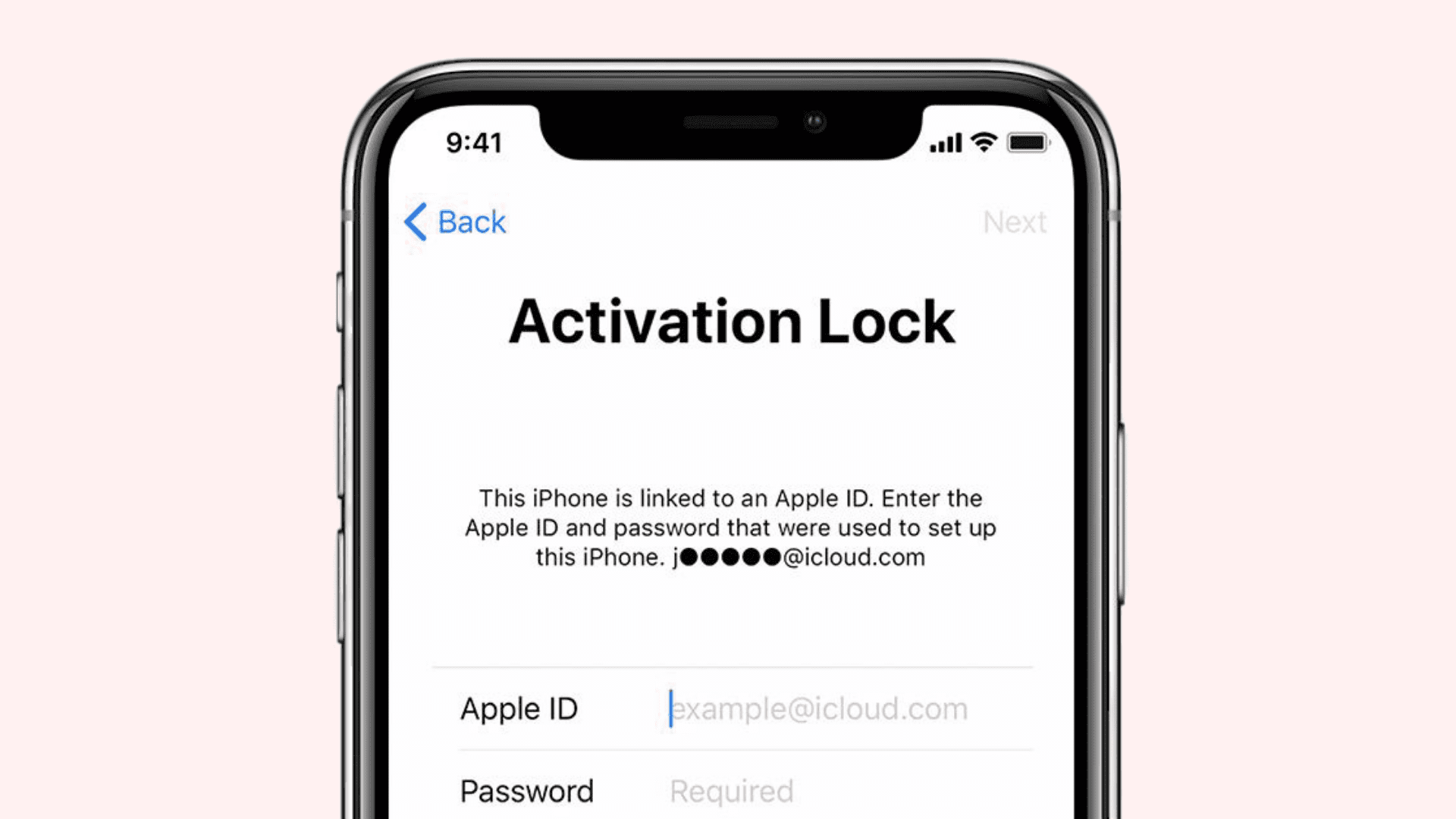
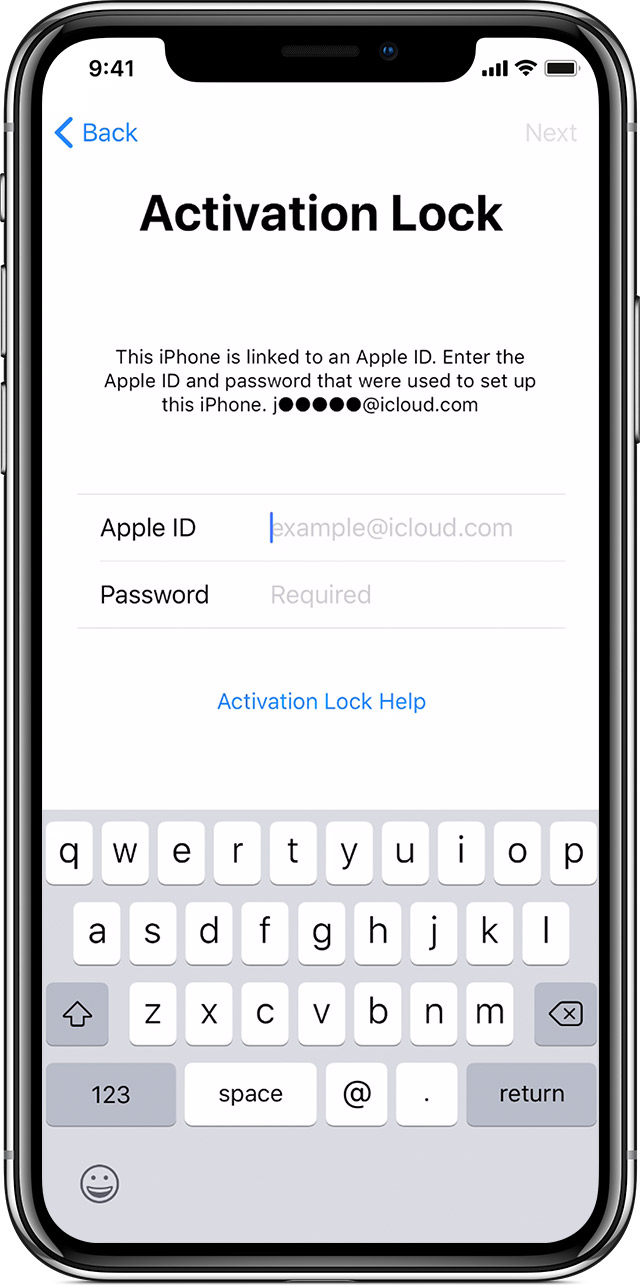
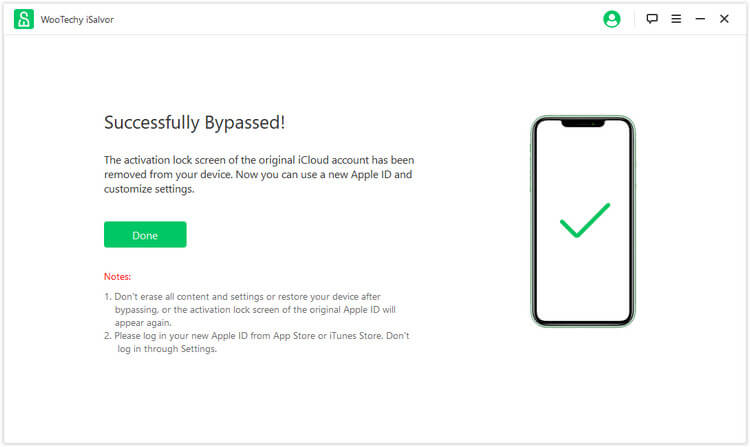
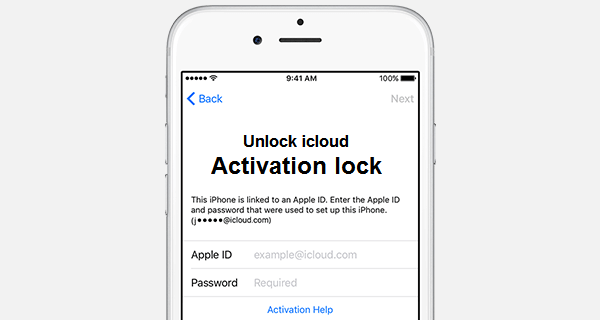

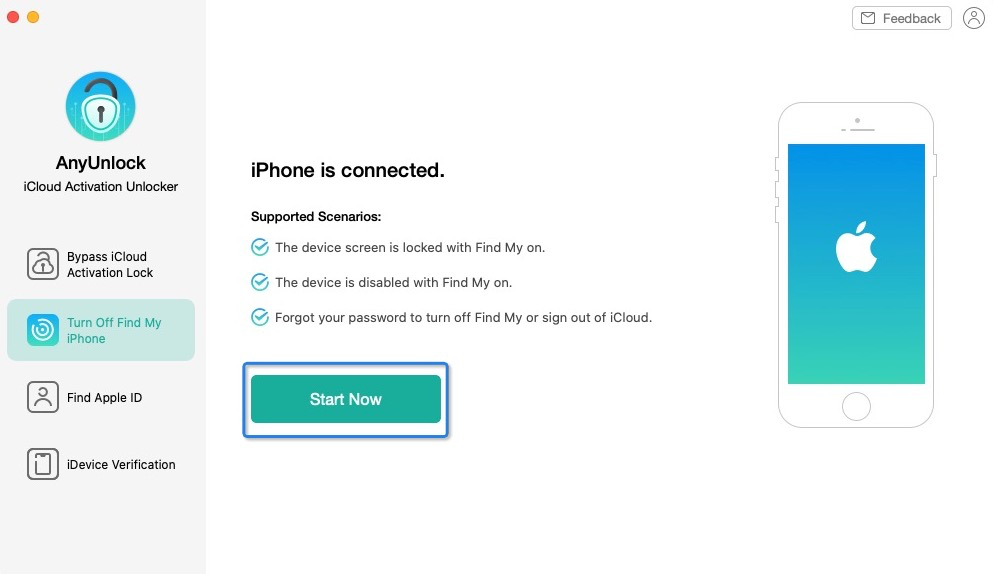
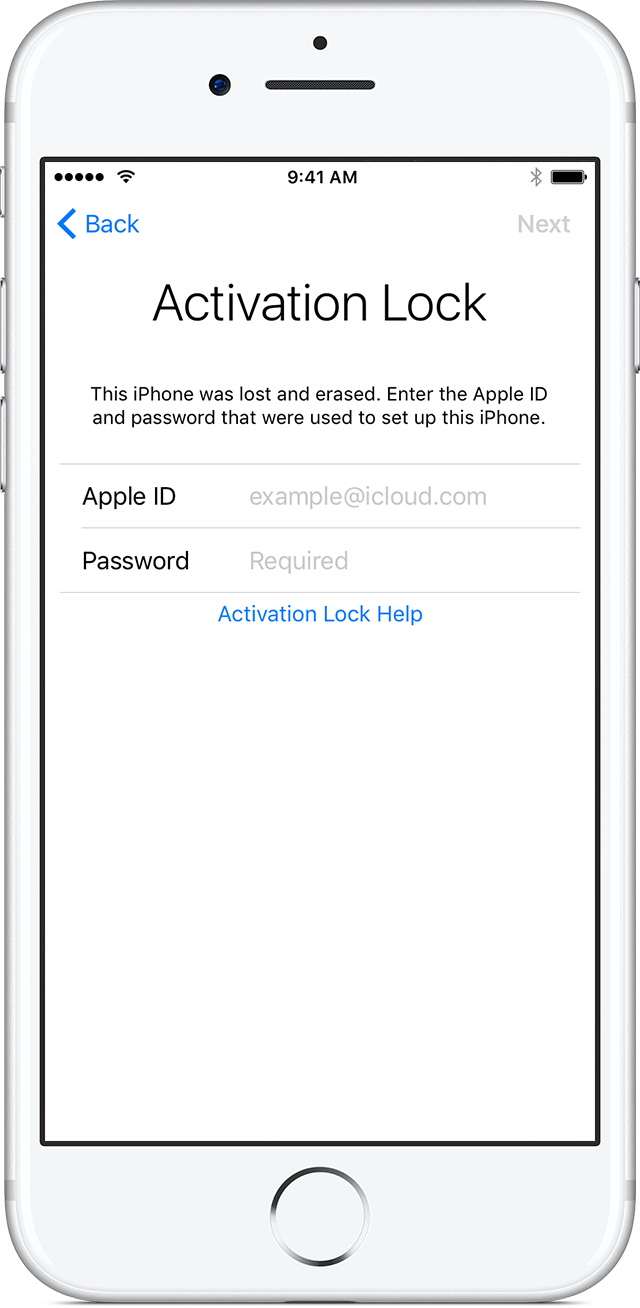
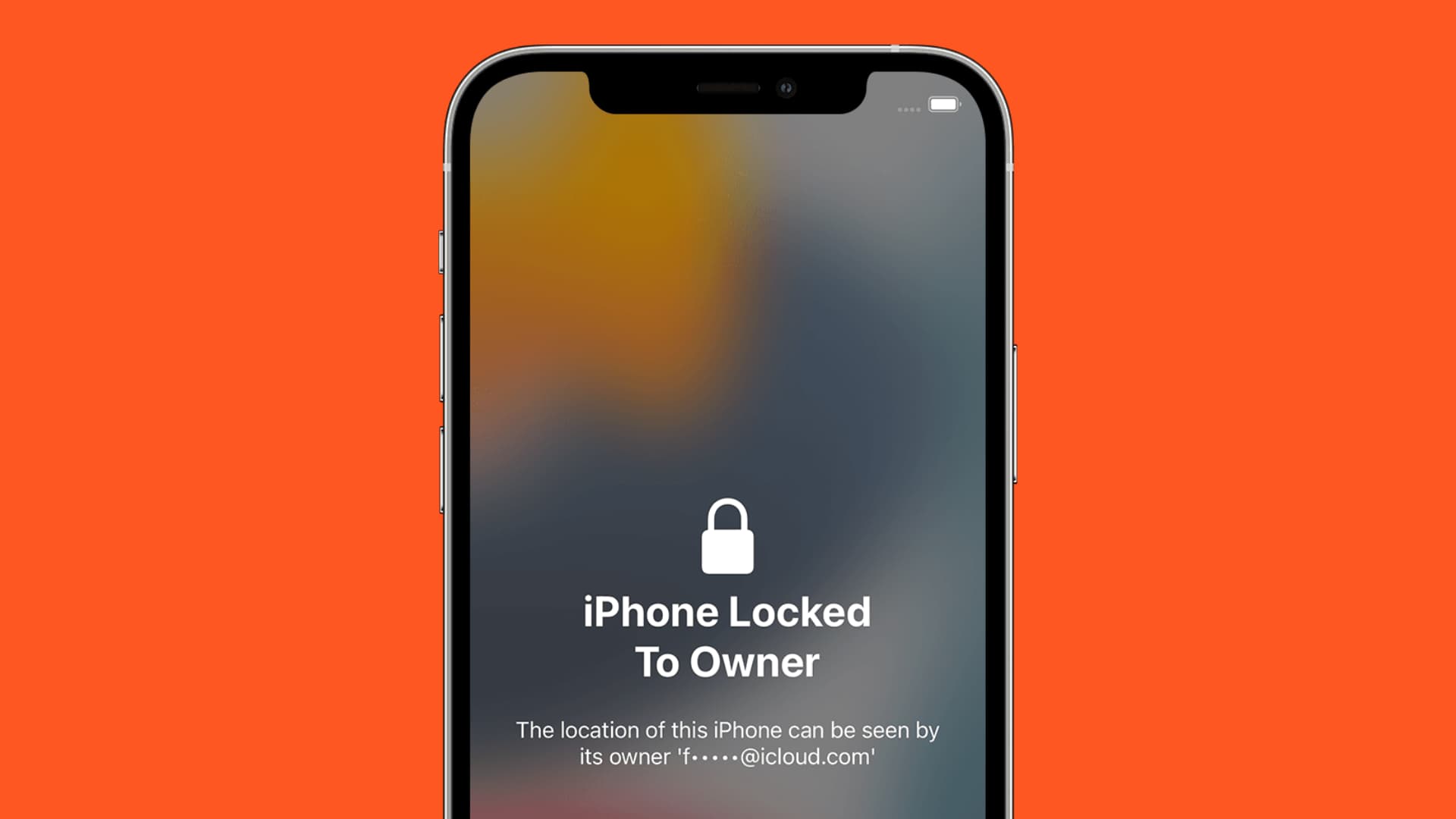


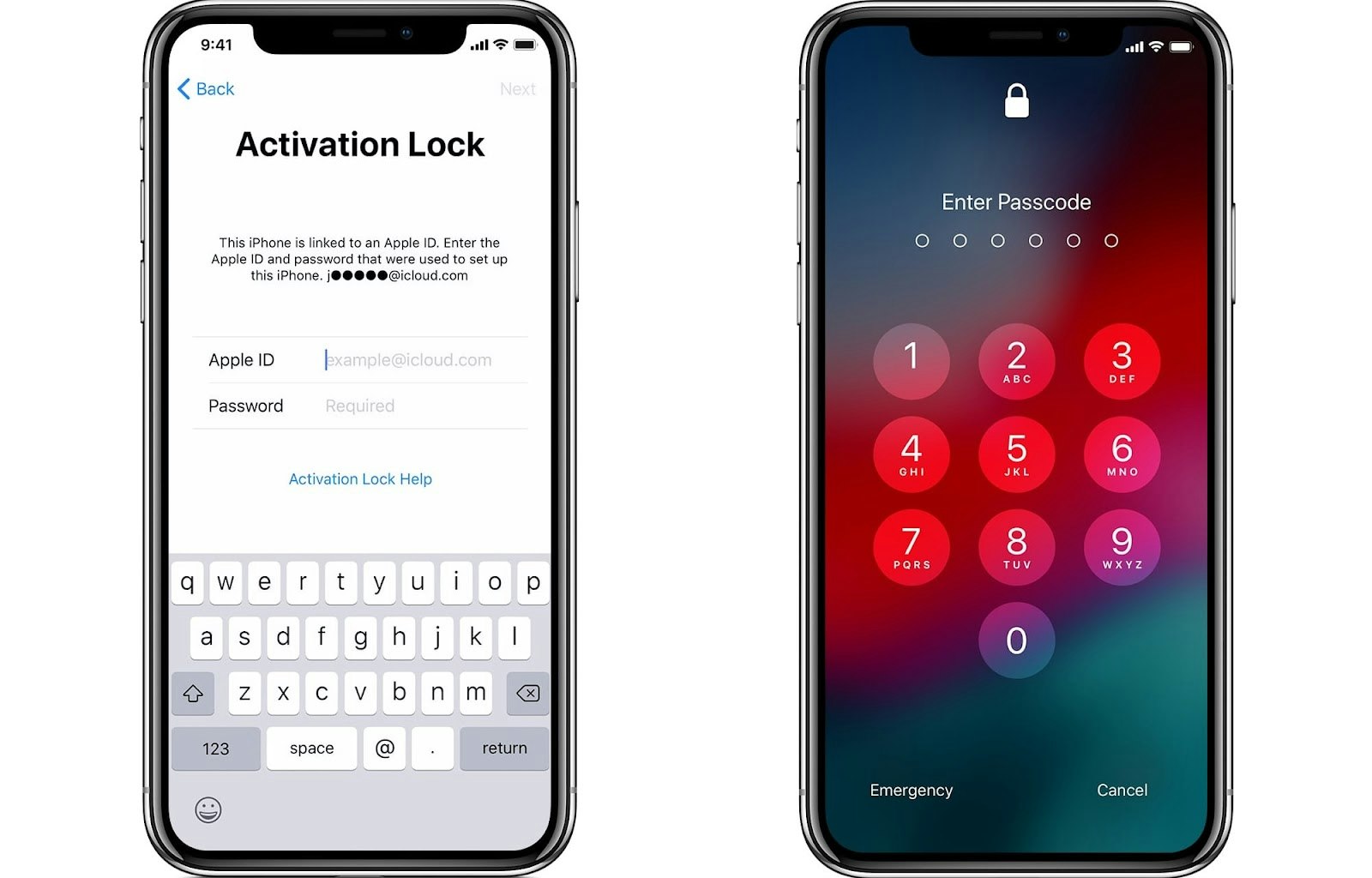
![Get Past Activation Lock Iphone 6 How To Remove Activation Lock Without Previous Owner? [ 2025 ]](https://images.wootechy.com/article/remove-activation-lock-with-screen-passcode.jpg)

